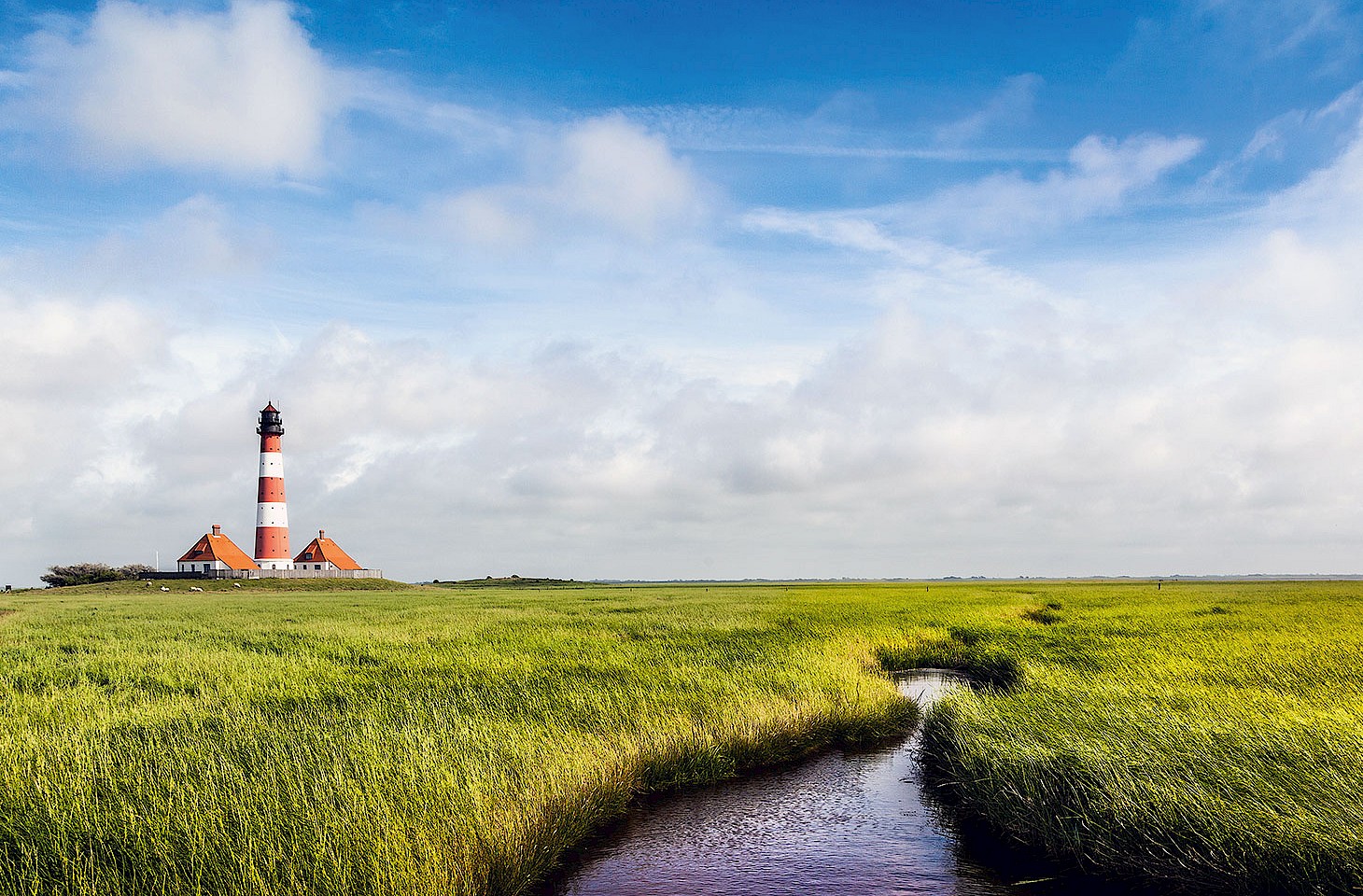A striking thing about the Coronavirus pandemic, when so many of us were confined to home for a spell, is how we were suddenly challenged to change our perspective, to see the world in a different way. Horizons diminished as we could only explore that which was close at hand. For some, exploration was restricted to a balcony or the back garden. For others, slightly more fortunate, it extended to roads, woods and parkland in the immediate vicinity of home.
There are many who, during those difficult days, recounted that they missed the hills. They were, for the most part, city dwellers who visit the Alps - or other mountain regions of Europe - a handful of times each year. Our shared cultural imagination tends to value mountain landscapes, and generally the wilder and more dramatic scenes are prized all the more. It seems that many of us can never quite get enough of the Eiger and the Matterhorn.



